-
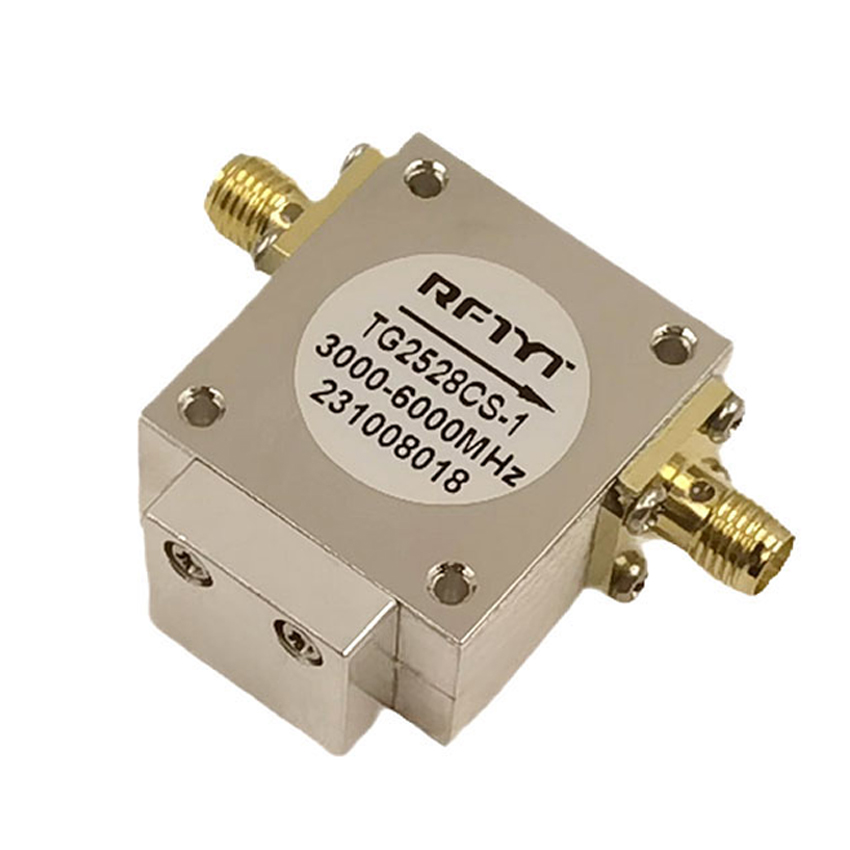
Broadband Isolator
Broadband isolators are important components in RF communication systems, providing a range of advantages that make them highly suitable for various applications. These isolators provide broadband coverage to ensure effective performance over a wide frequency range. With their ability to isolate signals, they can prevent interference from out of band signals and maintain the integrity of in band signals.One of the main advantages of broadband isolators is their excellent high isolation performance. They effectively isolate the signal at the antenna end, ensuring that the signal at the antenna end is not reflected into the system. At the same time, these isolators have good port standing wave characteristics, reducing reflected signals and maintaining stable signal transmission.
Frequency range 56MHz to 40GHz, BW up to 13.5GHz.
Military, space and commercial applications.
Low insertion loss, high isolation, high power handling.
Custom design available upon request.
-
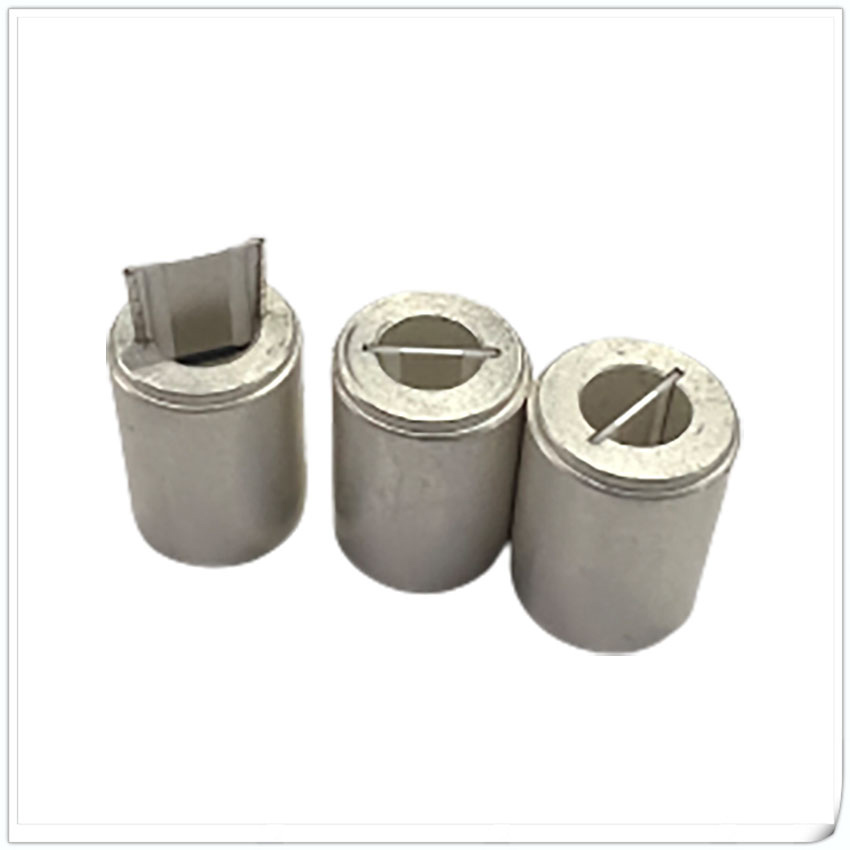
Microstrip attenuator with sleeve
Microstrip attenuator with sleeve refers to a spiral microstrip attenuation chip with a specific attenuation value inserted into a metal circular tube of a specific size (the tube is generally made of aluminum material and requires conductive oxidation, and can also be plated with gold or silver as needed).
Custom design available upon request.
-
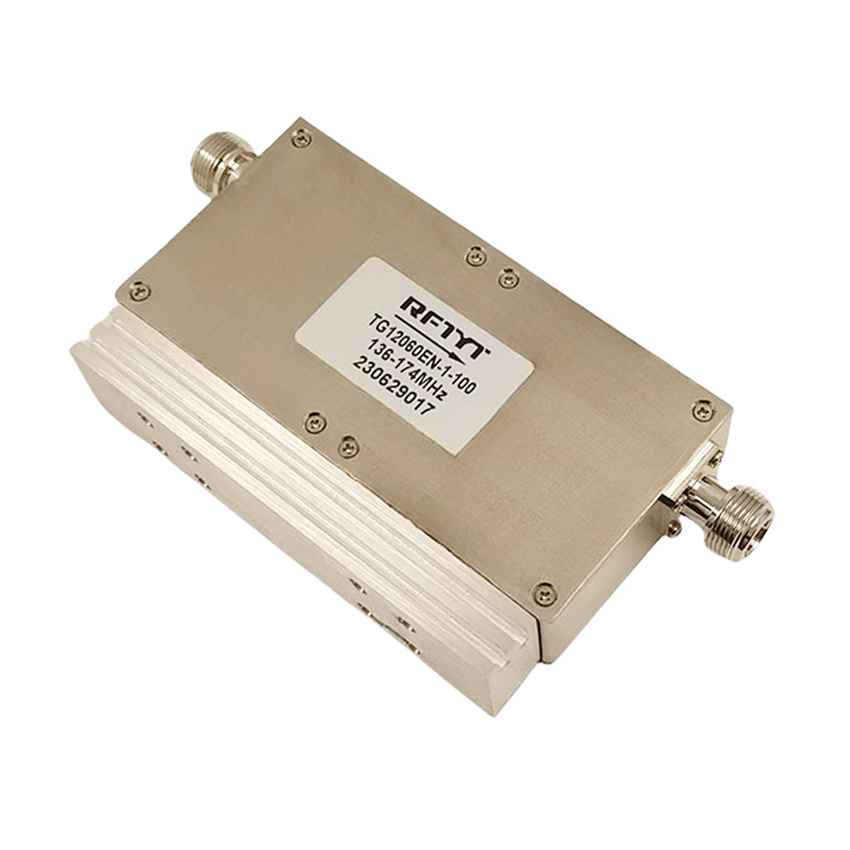
Dual Junction Isolator
A dual junction isolator is a passive device commonly used in microwave and millimeter-wave frequency bands to isolate reverse signals from the antenna end. It is composed of the structure of two isolators. Its insertion loss and isolation are typically twice than a single isolator. If the isolation of a single isolator is 20dB, the isolation of a double-junction isolator can often be 40dB. The port VSWR does not change much.In the system, when the radio frequency signal is transmitted from the input port to the first ring junction, because one end of the first ring junction is equipped with a radio frequency resistor, its signal can only be transmitted to the input end of the second ring junction. The second loop junction is the same as the first one, with RF resistors installed, the signal will be passed to the output port, and its isolation will be the sum of the isolation of the two loop junctions. The reverse signal returning from the output port will be absorbed by the RF resistor in the second ring junction. In this way, a large degree of isolation between the input and output ports is achieved, effectively reducing reflections and interference in the system.
Frequency range 10MHz to 40GHz,up to 500W power.
Military, space and commercial applications.
Low insertion loss, high isolation, high power handling.
Custom design available upon request.
-
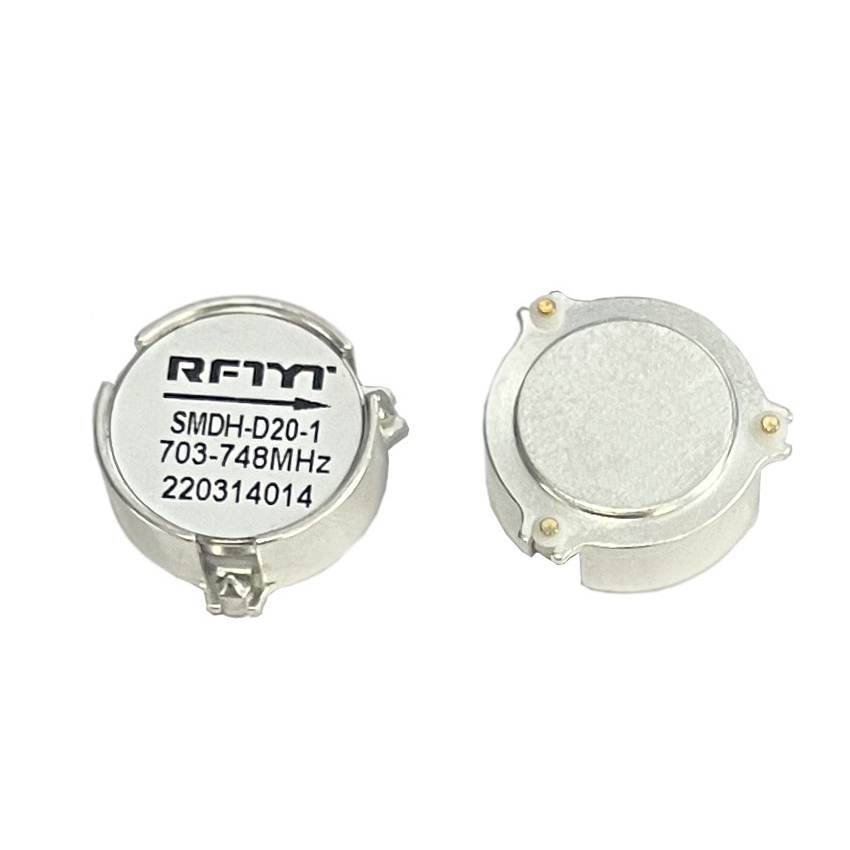
SMT / SMD Isolator
SMD isolator is an isolation device used for packaging and installation on a PCB (printed circuit board). They are widely used in communication systems, microwave equipment, radio equipment, and other fields. SMD isolators are small, lightweight, and easy to install, making them suitable for high-density integrated circuit applications. The following will provide a detailed introduction to the characteristics and applications of SMD isolators.Firstly, SMD isolators have a wide range of frequency band coverage capabilities. They typically cover a wide frequency range, such as 400MHz-18GHz, to meet the frequency requirements of different applications. This extensive frequency band coverage capability enables SMD isolators to perform excellently in multiple application scenarios.
Frequency range 200MHz to 15GHz.
Military, space and commercial applications.
Low insertion loss, high isolation, high power handling.
Custom design available upon request.
-
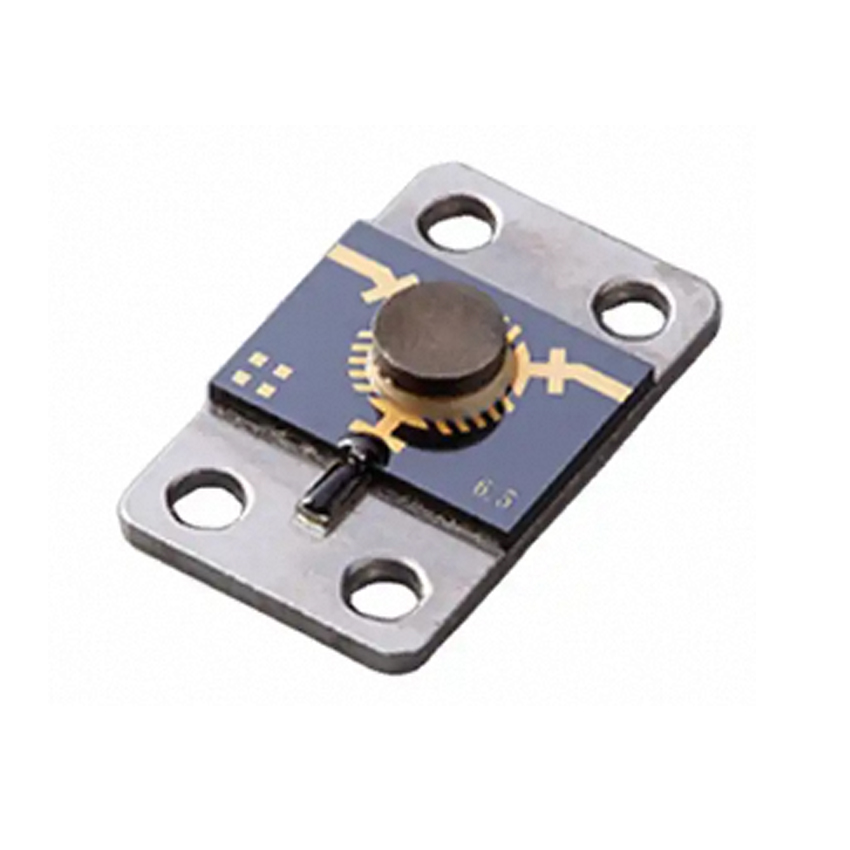
Microstrip Isolator
Microstrip isolators are a commonly used RF and microwave device used for signal transmission and isolation in circuits. It uses thin film technology to create a circuit on top of a rotating magnetic ferrite, and then adds a magnetic field to achieve it. The installation of microstrip isolators generally adopts the method of manual soldering of copper strips or gold wire bonding. The structure of microstrip isolators is very simple, compared to coaxial and embedded isolators. The most obvious difference is that there is no cavity, and the conductor of the microstrip isolator is made by using a thin film process (vacuum sputtering) to create the designed pattern on the rotary ferrite. After electroplating, the produced conductor is attached to the rotary ferrite substrate. Attach a layer of insulating medium on top of the graph, and fix a magnetic field on the medium. With such a simple structure, a microstrip isolator has been fabricated.
Frequency range 2.7 to 43GHz
Military, space and commercial applications.
Low insertion loss, high isolation, high power handling.
Custom design available upon request.
-
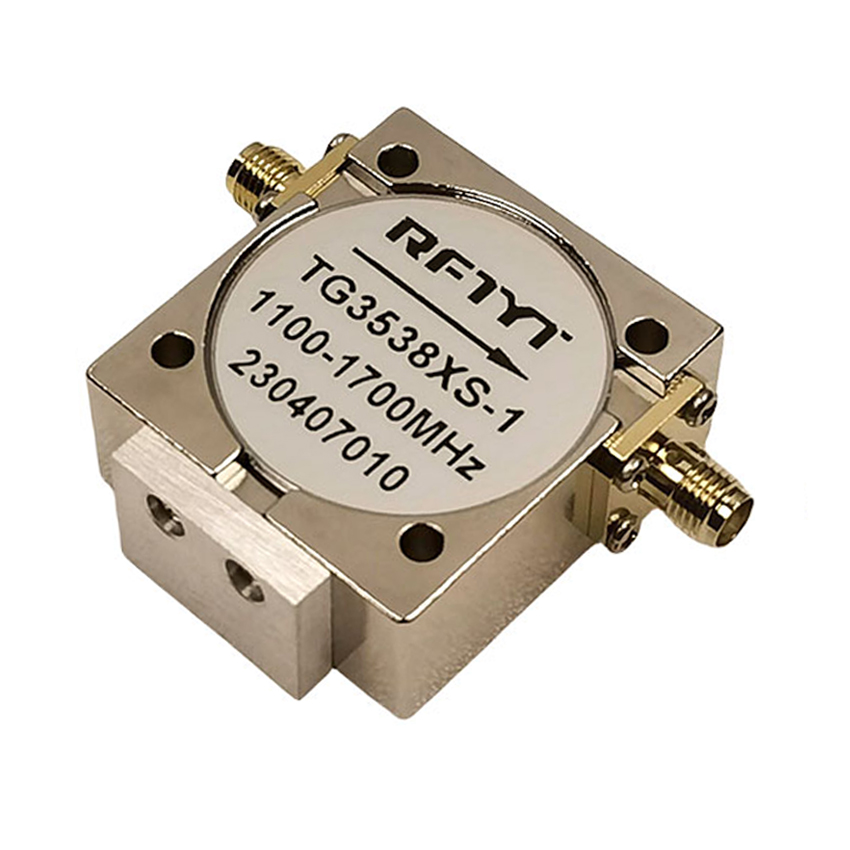
Coaxial Isolator
RF coaxial isolator is a passive device used to isolate signals in RF systems. Its main function is to effectively transmit signals and prevent reflection and interference.The main function of RF coaxial isolators is to provide isolation and protection functions in RF systems.In RF systems,some reverse signals may be generated, which may have a negative impact on the operation of the system.RF coaxial isolators can effectively isolate these reverse signals and prevent them from interfering with the transmission and reception of the main signal.The working principle of RF coaxial isolators is based on the irreversible behavior of magnetic fields.The basic structure of a coaxial circulator consists of a coaxial connector, a cavity, an inner conductor, a ferrite rotating magnet, and magnetic materials.
Can be dual junction even three for high isolation.
Military, space and commercial applications.
Custom design available upon request.
Guaranteed for one year standard.
-
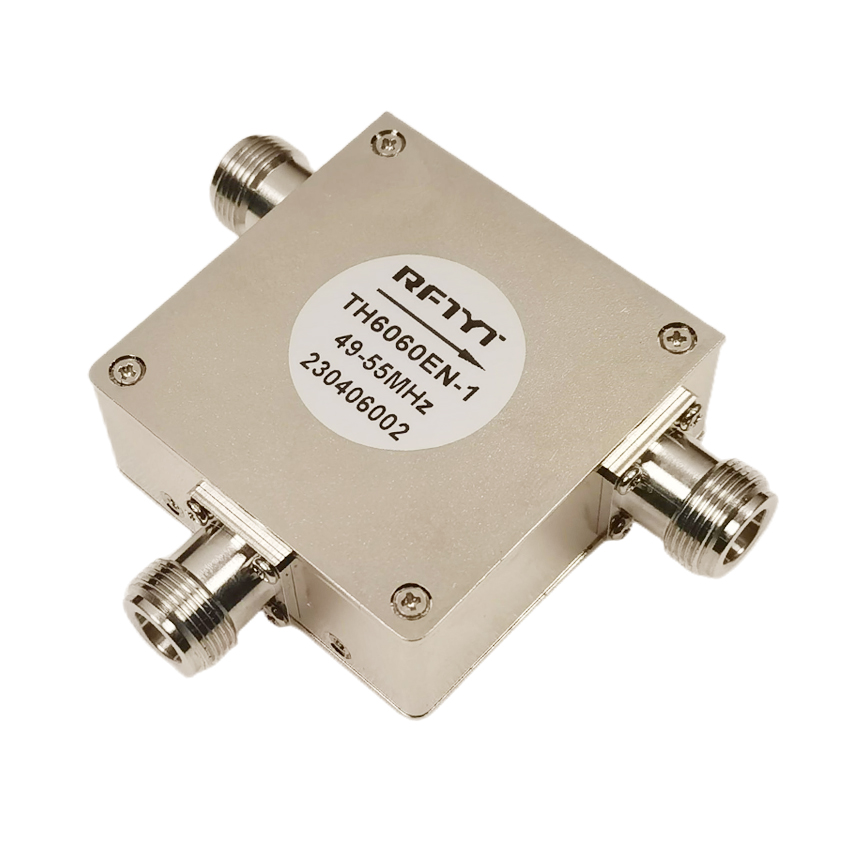
Coaxial Circulator
Coaxial circulator is a passive device used in the RF and microwave frequency bands, often used in isolation, directional control, and signal transmission applications. It has the characteristics of low insertion loss, high isolation, and wide frequency band, and is widely used in communication, radar, antenna and other systems.The basic structure of a coaxial circulator consists of a coaxial connector, a cavity, an inner conductor, a ferrite rotating magnet, and magnetic materials.
Frequency range 10MHz to 50GHz, up to 30KW power.
Military, space and commercial applications.
Low insertion loss, high isolation, high power handling.
Custom design available upon request.
-

Chip Attenuator
Chip Attenuator is a micro electronic device widely used in wireless communication systems and RF circuits. It is mainly used to weaken the signal strength in the circuit, control the power of signal transmission, and achieve signal regulation and matching functions.
Chip attenuator has the characteristics of miniaturization, high performance, broadband range, adjustability, and reliability.
Custom design available upon request.
-
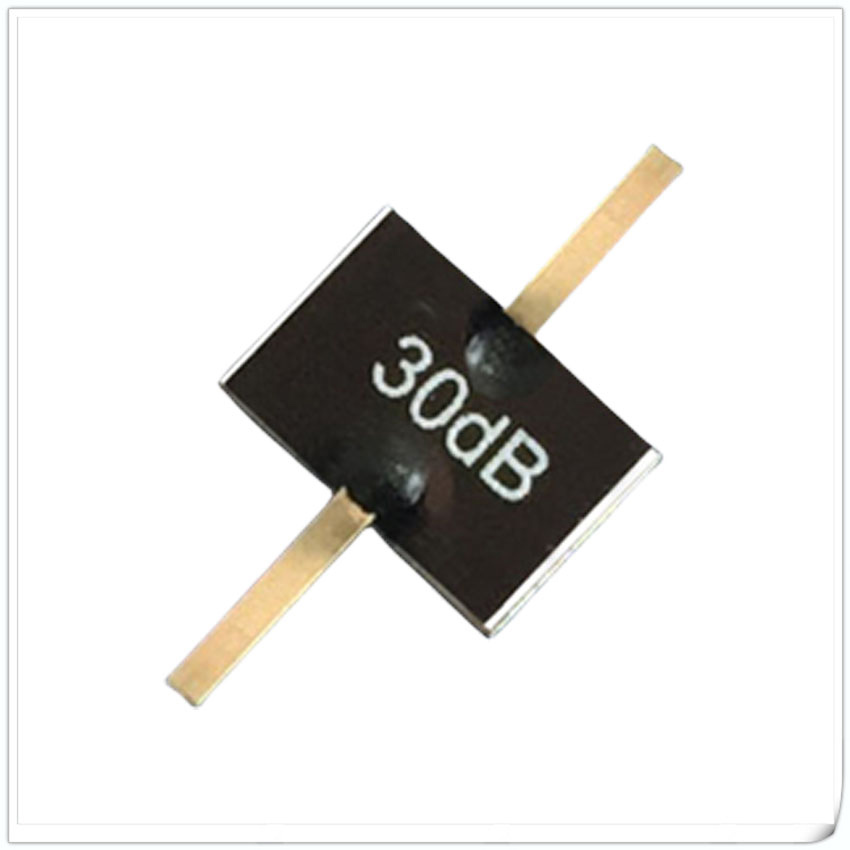
Leaded Attenuator
Leaded Attenuator is an integrated circuit widely used in the electronic field, mainly used to regulate and reduce the strength of electrical signals. It plays an important role in wireless communication, RF circuits, and other applications that require signal strength control.
Leaded Attenuators are typically made by selecting appropriate substrate materials {typically aluminum oxide(Al2O3), aluminum nitride(AlN), beryllium oxide(BeO), etc.} based on different power and frequency, and using resistance processes (thick film or thin film processes).
Custom design available upon request.
-

Flanged Attenuator
Flanged attenuator refers to an RF leaded attenuator with mounting flanges. It is made by welding the RF leaded attenuator onto the flange. It has the same characteristics as leaded attenuators and with better ability to dissipate heat. The material commonly used for flange is made of copper plated with nickel or silver. Attenuation chips are made by selecting appropriate sizes and substrates {usually beryllium oxide(BeO), aluminum nitride(AlN), aluminum oxide(Al2O3), or other better substrate materials} based on different power requirements and frequencies, and then sintering them through resistance and circuit printing. Flanged attenuator is an integrated circuit widely used in the electronic field, mainly used to regulate and reduce the strength of electrical signals. It plays an important role in wireless communication, RF circuits, and other applications that require signal strength control.
Custom design available upon request.
-

RF Variable Attenuator
Adjustable attenuator is an electronic device used to control signal strength, which can reduce or increase the power level of the signal as needed. It is usually widely used in wireless communication systems, laboratory measurements, audio equipment, and other electronic fields.
The main function of an adjustable attenuator is to change the power of the signal by adjusting the amount of attenuation it passes through. It can reduce the power of the input signal to the desired value to adapt to different application scenarios. At the same time, adjustable attenuators can also provide good signal matching performance, ensuring accurate and stable frequency response and waveform of the output signal.
Custom design available upon request.
-

Low Pass Filter
Low-pass filters are used to transparently pass high frequency signals while blocking or attenuating frequency components above a specific cutoff frequency.
The low-pass filter has high permeability below the cut-off frequency, that is, signals passing below that frequency will be virtually unaffected. Signals above the cut-off frequency are attenuated or blocked by the filter.
Custom design available upon request.





